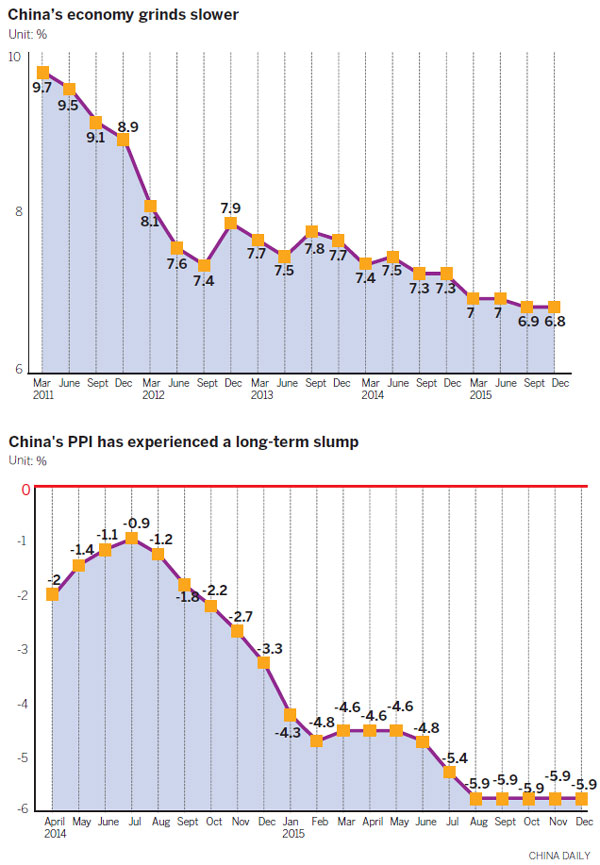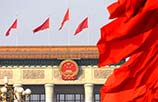Demand grows for supply-side focus
By Zheng Yangpeng (China Daily) Updated: 2016-01-20 08:15Property inventory
Unnerved by the effect, the top leadership vowed to "draw down housing inventory" by various means. One solution is to encourage migrant workers to buy and move into the millions of empty homes in lower-tier cities and settle down. The move, known as "destocking", would involve pulling a number of policy levers.
The committee also pledged to boost effective supply via a number of reform measures: poverty elimination; supporting companies in upgrading technologies and equipment; reducing the level of corporate debt; and fostering new products, new industries and new businesses.
The final objective outlined in the conference statement was the prevention and eradication of financial risks. The top priority is to prevent any fallout from local government debt, which stood at 15.4 trill-ion yuan in direct debt and 8.6 trillion yuan in contingent debt at the end of 2014. The total debt is close to Germany's GDP ($3.8 trillion in 2014) and equivalent to 37.7 percent of China's GDP.
Beyond the priorities already listed, supporters of supply-side reform demand a much broader scale of reform. Although none of the suggested measures are new, the glacial rate of progress shows how difficult it is to push these reforms through. Advocates of supply-side policies argue that, difficult as they are, these steps are needed to liberalize China's rigid "factor" markets, such as those for labor, land and capital, (the "products" markets - those dealing with the sale of goods and services - have largely been liberalized), improving productivity and boosting potential long-term GDP growth.
There will be five major areas of reform; the labor market; the capital markets; land markets, SOEs; and education.
The labor market would benefit from reform of the country's decades-long hukou, or household registration, system that would enable greater internal migration.
Once interest rates have been liberalized, the next reform of the capital markets will be to build a flexible exchange rate system, allow freer capital accounts, the building of a multi-layered capital market, including a registration-based IPO system, and a deeper bond market.
While privatization is not an option, reform of the land market would allow farmers to transfer their rights to rural land more freely so they can migrate to cities with some financial security; scale farming could also be realized through merger of small plots of land.
With regard to the reform of SOEs, privatization is once again not an option. However, the State is not planning to relax its overall control of the economy, even if it becomes more of a shareholder than a manager. But even modest mixed-ownership reforms have achieved little progress so far.
Despite massive progress in the education sector, China's workforce is ill-prepared for an economy that is increasingly driven by innovation. Wider educational coverage, especially free senior high school education as advocated by many reformers, will be critical to lifting the nation's "human capital".
None of these reforms will be easy, and it should be noted that many supply-side initiatives, such as destocking and shedding overcapacity, will drag economic growth down in the short term. Whether the initiatives will be implemented or not, depends on the government's willingness to trade short-term growth for long-term gain.
Contact the writer at zhengyangpeng@chinadaily.com.cn


- Beijing sees slower population growth
- China looks to move career barriers for top foreign talents
- Cross-Straits free trade discussions on hold
- Working-age population sees biggest drop in modern history
- Biting storms to chill southern regions
- Chinese find world's largest canyon below Antarctic
- KMT says it's time for review after rout in vote
- Young Chinese shooting victim mourned in US
- China playing major role in oil selloff
- Database launched to check identity of Living Buddhas







